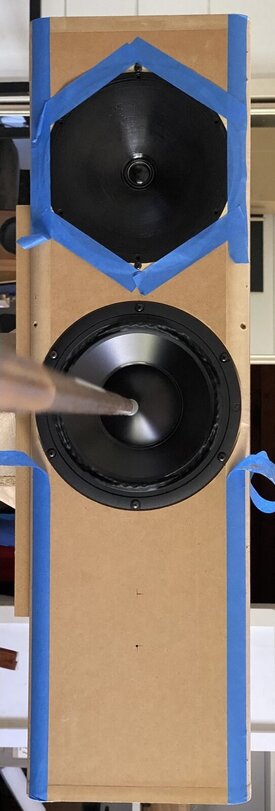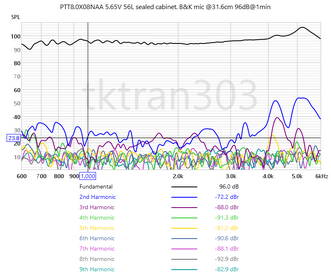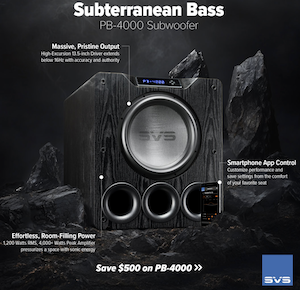Here's a comparison I made last weekend. Tale of 3 very different speakers compared under similar conditions. These are complete speakers with crossovers. In order to reduce room interaction, measurements were completed at 315mm. Unfortunately this makes for some very skewed frequency response from the big 3-ways, so comparison is primarily mid range to high frequencies, however the "3-way" benefit still comes through very clearly in these comparisons.
To avoid a very busy post with many images, I will simply attach a link to download the MDAT file and residual audio so you can view and playback as you wish.
All tests completed with mic located between midrange and tweeter, and level set for ~85dB/1m. Tests were completed with M-Noise and QDust track, see notes for specific filter configuration used. Background noise may include a refrigerator compressor from my kitchen or other random noises, sorry but you get what you get here.
Equipment used:
Motu M4
Line Audio Omni1
Boxem NC252MP amplifier (nCore OEM 250W/ch)
First speaker - "The Northern Pikes"
Woofer: Vifa M26WR09-08 woofer, with CSS APR12 passive radiator.
Midrange: Wavecor WF120BD03
Tweeter: Dayton AMT3-4 with my own personal modification to improve it's high order harmonic performance significantly.
Crossover: 500Hz and 2700Hz
Second Speaker - "Disco of the Floor"
Woofer: Scan-Speak Discovery 22W/8534 in a tapered transmission line enclosure.
Midrange: Eton 5-880-25Hex
Tweeter: Vifa XT25TG30 in a Visaton WG148 Waveguide
Crossover: 400Hz and 2kHz
Third Speaker - "Atari"
Woofer: Satori MW16P in a bass reflex enclosure.
Tweeter: Melodavid Be28 in a custom waveguide CNC milled into the baffle.
Crossover: 2kHz
Note: ESS via FSAF measurement for the Atari speaker did not have a BU12 high pass, while the other 3-way speakers did. My mistake, but the point of ESS measurement was to provide point of reference through the midrange anyway, and to confirm that FSAF provides a similar THD result to REW's sine sweep measurement given the same stimulus.
For comparing ESS vs ESS via FSAF, make sure "plot harmonics at harmonic frequency" is selected.
Download and compare here:

drive.google.com
Instructions: Simply open the MDAT file, for FSAF measurement select the distortion tab, then controls, then "Play FSAF Residual", or "Save FSAF Residual" to export as WAV file for your own analysis.
Before you declare any of these results as "awful, horrible retched disasters", just know that my subjective opinion of all of these speakers is that they all are very enjoyable speakers. One may be more detailed and resolving than another, but none are "bad".
[Dec 21 updated instructions for beta 64 release, residual WAV files are now embedded in the MDAT]

















